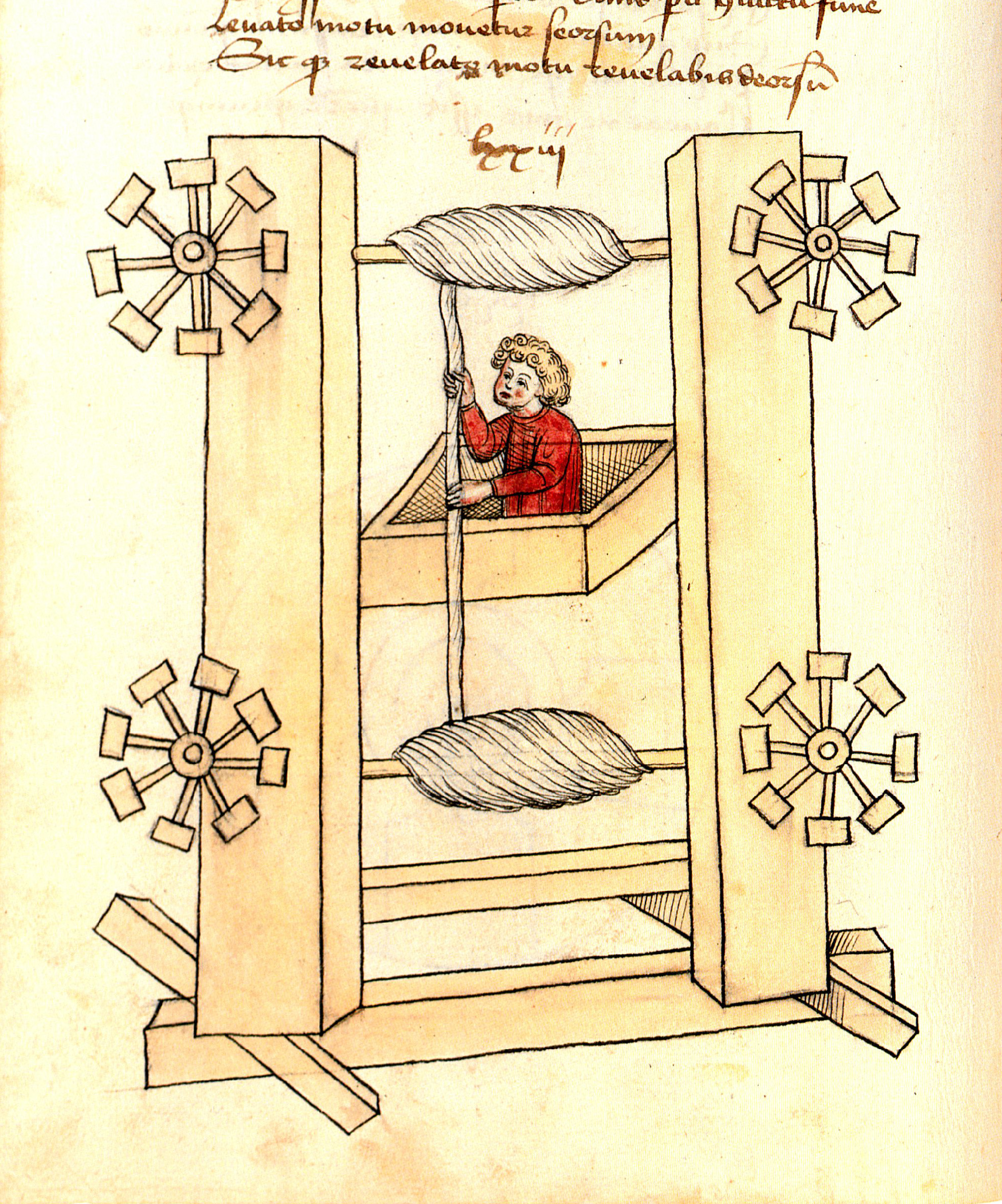Author Archives: mike@standardsmichigan.com
- Home
- Articles posted by mike@standardsmichigan.com (Page 15)

Well Water
This content is accessible to paid subscribers. To view it please enter your password below or send mike@standardsmichigan.com a request for subscription details.
Fruit Pie Fillings
https://extension.psu.edu/lets-preserve-fruit-pie-fillings
https://extension.psu.edu/lets-preserve-apples
Reveille
This content is accessible to paid subscribers. To view it please enter your password below or send mike@standardsmichigan.com a request for subscription details.
Schools turn to prefabricated classrooms to create space quickly
CBC News (The National): Canada is challenged by a surge in asylum seekers from failed nations entering irregularly via the U.S. border or overstaying visas, straining public services amid a housing crisis. With 57,440 asylum claims in early 2025—up 22% from 2024, including 5,500 from international students—overcrowded schools in provinces like Ontario and British Columbia face acute shortages, especially for English-language programs.
To address this, jurisdictions are deploying modular prefabricated school buildings as a rapid, cost-effective solution. These portable yet permanent structures, like those at B.C.’s David Cameron Elementary, add capacity for 190+ students in months, easing enrolment pressures without long construction delays.
National Building Code of Canada 2020
British Columbia School Building Construction
Problems pic.twitter.com/2BwBOu30Jd
— GreatLakesLady (@GreatlakesladyM) October 6, 2025
Canadian Parliament Debate on Standards Incorporated by Reference
Accessible and Usable Buildings and Facilities
This content is accessible to paid subscribers. To view it please enter your password below or send mike@standardsmichigan.com a request for subscription details.
Beef Stew and Buttermilk Biscuits
This content is accessible to paid subscribers. To view it please enter your password below or send mike@standardsmichigan.com a request for subscription details.
Perfect your omelette
A commercial kitchen is a kind of laboratory
Fried chicken with sweet sauce and cabbage, mid sized portion of rice, okra with mustard and shredded chicken, sweet egg omelette with waffles and cream at Ritsumeikan University in Kyoto, Japan 🇯🇵
💶 752yen (~5,25€) pic.twitter.com/4jKnpNrQEy
— Mensa Scran (@MensaScran) October 30, 2022
Elevators & Lifts
The first elevator in the United States was installed at Harvard University in 1874. It was not a passenger elevator as we typically think of today, but rather a freight elevator used to move heavy items within a building. The installation of this elevator marked an important development in building technology and transportation within multi-story structures. It was based on the design of Elisha Otis, who is famous for inventing the safety elevator with a safety brake system that prevents the elevator from falling if the hoisting cable fails. Otis’ innovation played a pivotal role in making elevators safe and practical for everyday use, leading to their widespread adoption in buildings around the world.
Education communities are stewards of 100’s of lifts, elevators and moving walks. At the University of Michigan, there are the better part of 1000 of them; with 19 of them in Michigan Stadium alone. The cost of building them — on the order of $50,000 to $150,000 per floor depending upon architectural styling — and the highly trained staff needed to operate, maintain and program interoperability software is another cost that requires attention. All building design and construction disciplines — architectural, mechanical and electrical have a hand in making this technology safe and sustainabile.
We start with international and nationally developed best practice literature and work our way to state level adaptations. Labor for this technology is heavily regulated.
Its a rarefied and crazy domain for the user-interest. Expertise is passionate about safety and idiosyncratic but needs to be given the life safety hazard. Today we review o pull together public consultation notices on relevant codes, standards and regulations today 11 AM/EDT.
More
NFPA 70 Article 620 Elevators, etc.
NEC Article 620 | David Herres
International Building Code Chapter 30: Elevators and Conveying Systems
Inside Higher Ed: Tragedy in an Elevator
University of Michigan Elevator Recall Control Wiring Schematic
University of Michigan Elevator Shaft Lighting Schematic
New update alert! The 2022 update to the Trademark Assignment Dataset is now available online. Find 1.29 million trademark assignments, involving 2.28 million unique trademark properties issued by the USPTO between March 1952 and January 2023: https://t.co/njrDAbSpwB pic.twitter.com/GkAXrHoQ9T
— USPTO (@uspto) July 13, 2023
Standards Michigan Group, LLC
2723 South State Street | Suite 150
Ann Arbor, MI 48104 USA
888-746-3670














